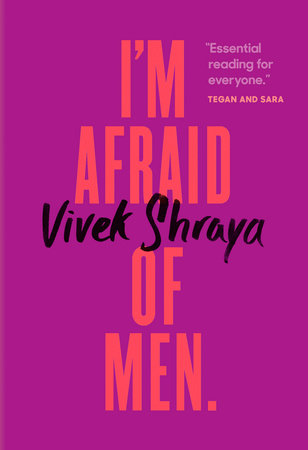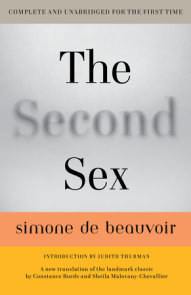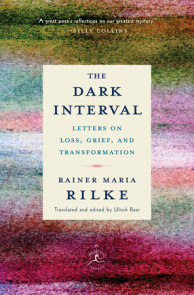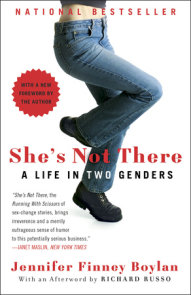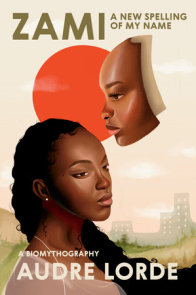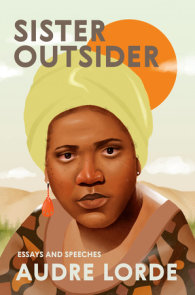READERS GUIDE
Book Club Guide1. How do you understand the term ‘toxic masculinity’ and how do you see this represented in this book?
2. How does I’m Afraid of Men point to the forms of toxic masculinity you see or have experienced in society? Do you think the book offers a potential solution to the problem of toxic masculinity? Provide examples, both from the book and your own experience, and discuss the potential impact of these ideas.
3. How does Shraya’s identity and experience as a trans girl provide additional insight into the manifestations of toxic masculinity in society? What passages and anecdotes from the book provide examples of this unique insight and viewpoint?
4. Shraya has argued that “there is an urgent need to reimagine traditional ideas about gender.” In your opinion, is this something that is underway in contemporary culture? If so, how? If not, how so?
5. The book discusses the pressures of masculinity that Shraya has experienced throughout her life. Consider and discuss the effects of societal norms of masculinity on Shraya personally, and then consider the pressure these norms exert on members of the trans community in its entirety. As a counterpoint, consider the pressures these norms of masculinity exert on cis heterosexual men and how these pressures and expectations can lead to toxic behaviour.
6. In a particularly telling passage on page 30, Shraya writes “my brownness turns out to be a form of queerness in and of itself and makes me too queer for gay men.” I’m Afraid of Men is about Shraya’s experience as a trans girl but is also, importantly, about her experiences as a member of a racialized community. Using examples from the book, discuss how Shraya’s racial identity has informed her concept of what it means to be a man—and what it means to be ‘a good man.’
7. Between pages 37 and 40, Shraya discusses a budding relationship with a fellow member of the trans community, who also happens to be an influential player in the music industry. The relationship, both personally and professionally, dissolves when the possibility of sex is taken out of the equation. Discuss the relationship between sex and power in this vignette. What does this section of the book tell us about sexuality and the workplace? About the prevalence—across gender communities—of sex and power imbalances?
8. Before coming out as trans, Shraya goes to significant personal lengths in pursuit of ‘masculinity,’ from attempting to change her body through exercise and diet to changing her gait and modulating the tone of her voice. What do these efforts tell us about the pervasiveness of particular notions of masculinity in society? What do these efforts tell us about the costs—personal and societal—of feeling compelled to conform to to these forms of masculinity?
9. Shraya reflects on how she was committed to the idea of ‘the good man,’ but ultimately determines that idea needs to be abandoned. How did Shraya’s evolving definition of ‘the good man’ impact your perspective on the idea? Do you think striving to be ‘the good man’ is a worthwhile quest?
10. On pages 59-61, Shraya describes her experiences as facilitator for anti-transphobia and anti-homophobia workshops. She notes her discomfort with “the reality that often the only way to capture someone’s attention and to encourage them to recognize their own internal biases (and to work to alter them) is to confront them with sensational stories of suffering.” Why is it so difficult, for so many people, to confront their own prejudice in the absence of violence and suffering? Why, as Shraya asks us, is her “humanity only seen or cared about” when she shares the ways in which she’s been “victimized and violated?”
11. In addition to being afraid of men, Shraya writes “I’m also afraid of women.” What is the source of this fear? And why does she believe that she “can’t fully rely upon other women for sisterhood, allyship, or protection from men? (page 82) What does this fear tell us about the relationship of women to the trans community? Does this fear confront the prospect of internalized misogyny?
12. On page 84, Shraya writes “unfortunately, any ambiguity or nonconformity, especially in relation to gender, conjures terror. This is precisely why men are afraid of me. Why women are afraid of me too. But your fear is not only hurting me, its hurting you, limiting you from everything you could be.” Discuss the nature of fear in relation to gender-nonconformity. What does this fear stem from? How do we overcome this fear of difference and learn to celebrate it? How does Shraya suggest we can start making this transition, this “surrender to sublime possibility”?









